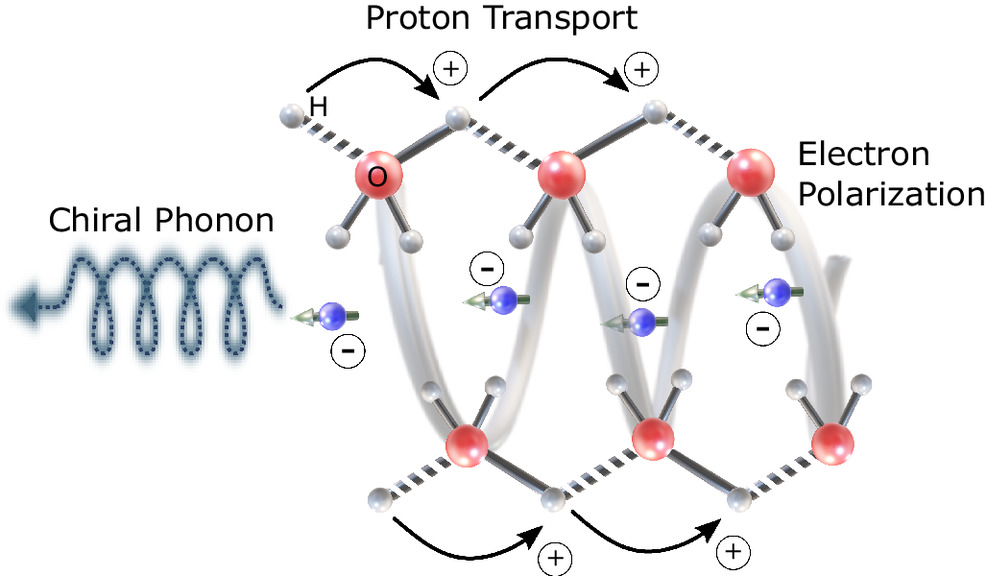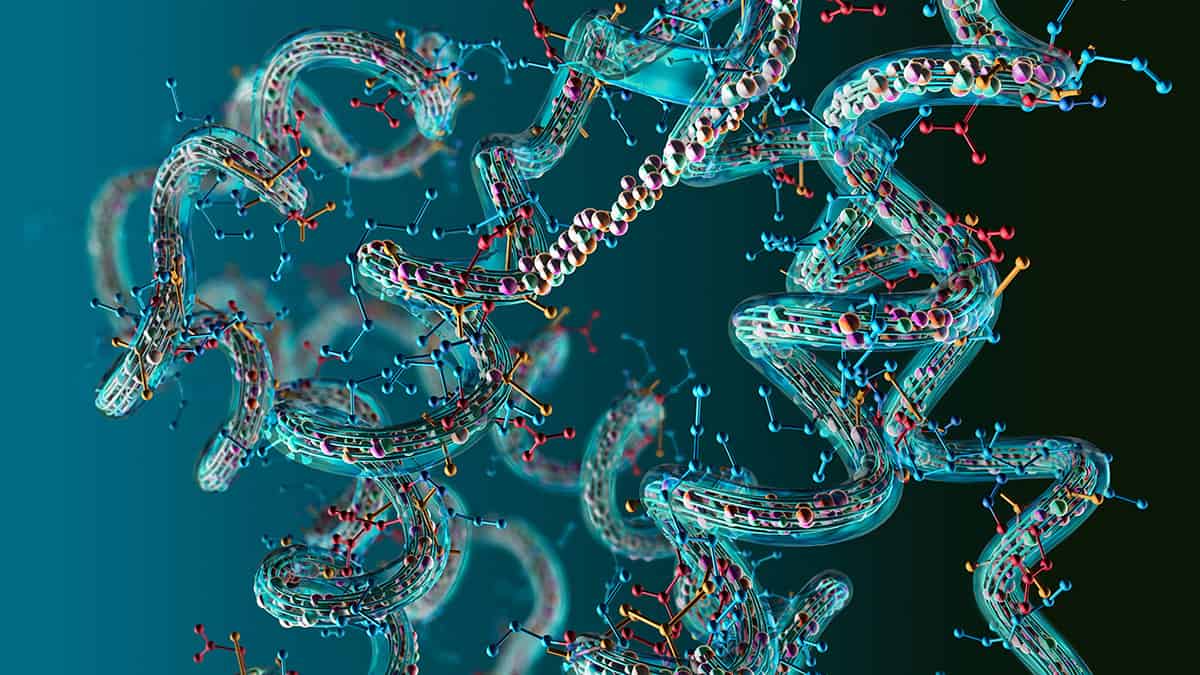Biological · Physics · Nanoscale
Materials Physics of Biological Interfaces
Covers, at a molecular scale, the analysis and design of materials used in contact with biological systems, and biomimetic strategies aimed at creating new materials based on principles found in biology. The research aimed at molecular interaction between bio- and synthetic molecules and surfaces; design, synthesis, and processing approaches for materials that control cell functions; and application of materials science to problems in tissue engineering, drug delivery, vaccines, and cell-guiding surfaces.
Active matter \ Active Granular Systems for the future of material and life science
“Active matter” eka Active granular systems is a substance that has a mechanism that converts the energy stored in chemical substances and light into mechanical work. Unlike passive granular materials, active particles exhibit persistent, self-driven movement, resulting in unique behaviors such as clustering and pattern formation. Schrödinger highlighted the significance of continuous energy consumption, emphasizing the need for living systems to remain far from thermodynamic equilibrium to establish order and complexity. Examples include flocks or herds of animals, collections of cells, and components of the cellular cytoskeleton, where mechanical energy is locally introduced by the agents. We would like to pursue the scientific studies related to such active matter and design smart materials based on it to eventually unveil the mystery of life!
Research on Biophysics - and related pheomena in low dimension (Nanoscale) are main issues we are focussing on. Our group develops and applies evolutionary approaches to answer open questions about transmission and dynamics of biomolecular interaction.
Few interesting coverages can be enjoyed here:
 Coupling between electrons’ spin and proton transfer in chiral lysozyme crystal
Coupling between electrons’ spin and proton transfer in chiral lysozyme crystal
 Protein network
Protein network
